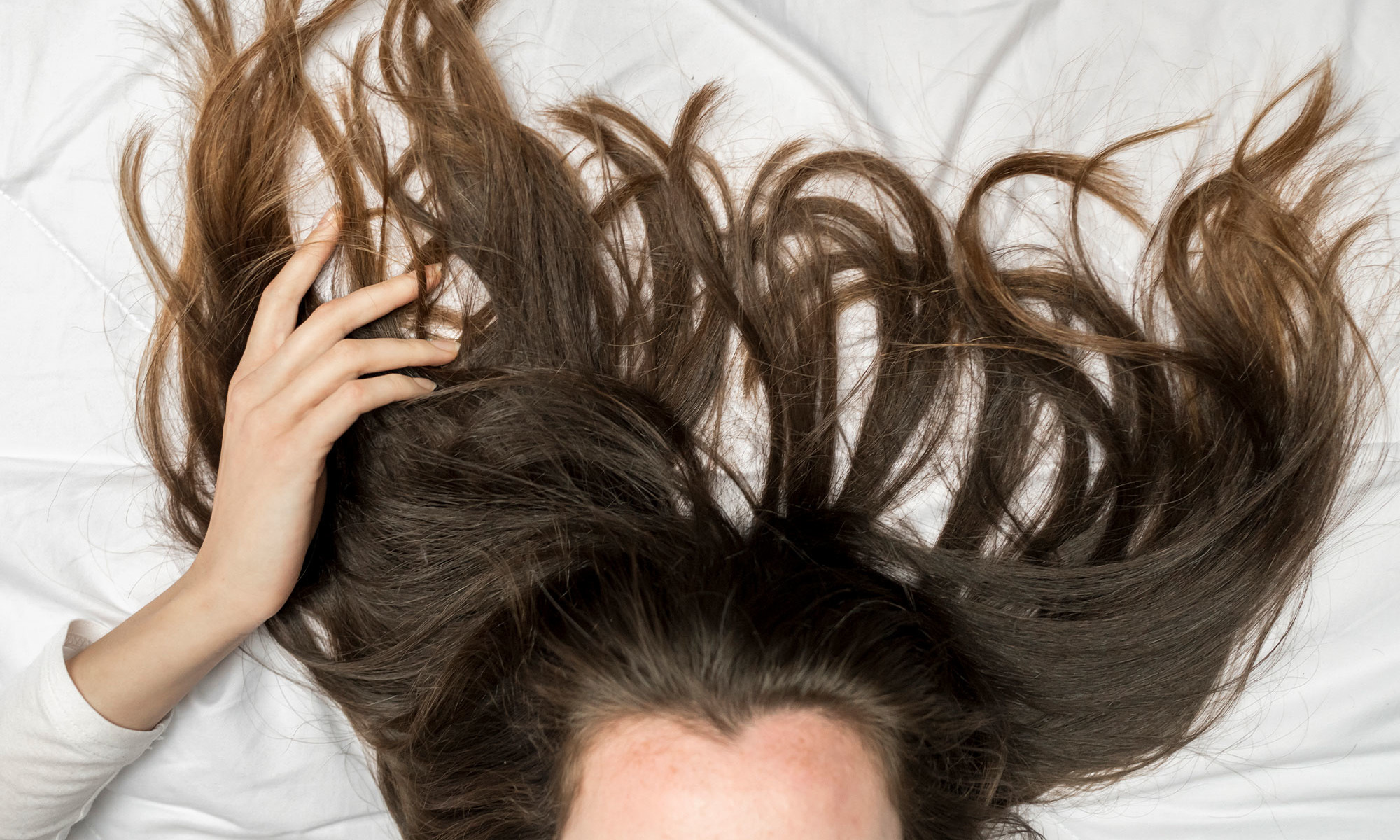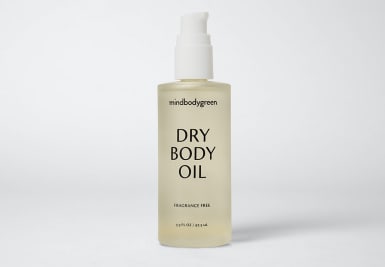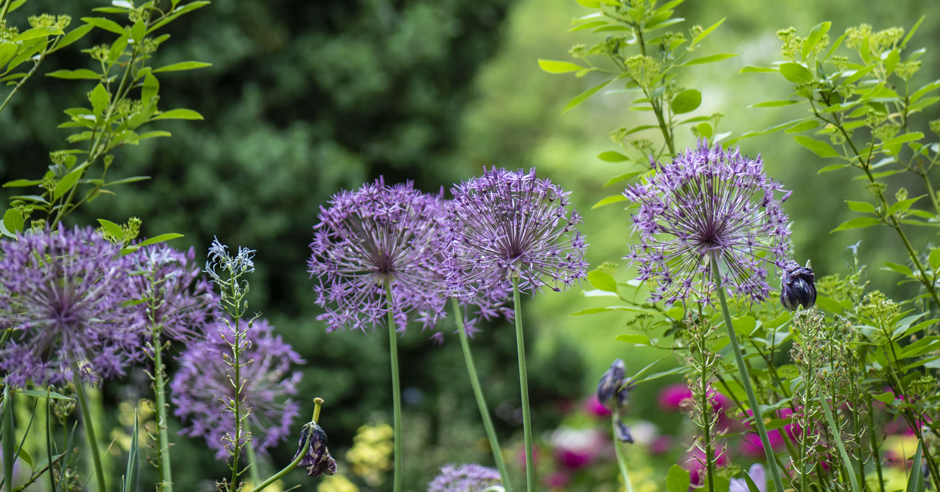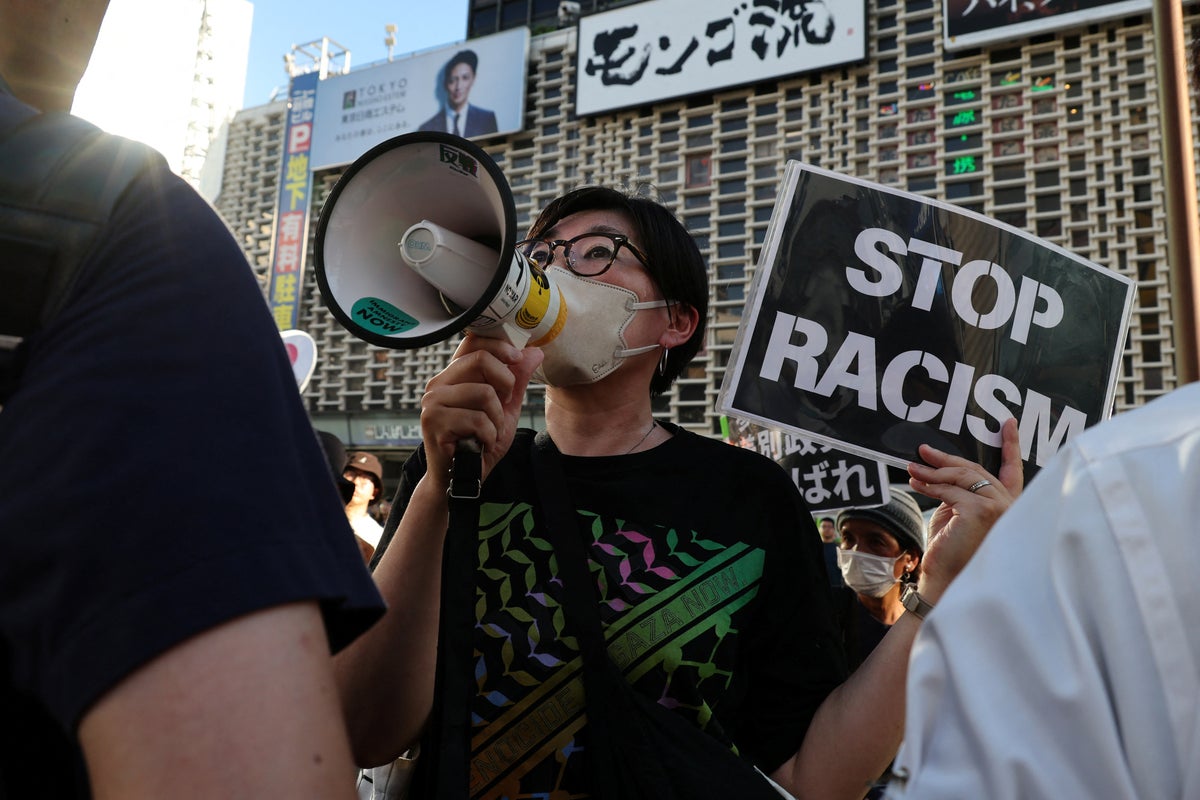Hair Shedding More Than Usual? 3 Things Experts Want You To Do ASAP
Hair shedding happens to everyone, and at a different rate across the board.


mbg Assistant Beauty Editor
mbg Assistant Beauty Editor
Hannah Frye is the Assistant Beauty Editor at mindbodygreen. She has a B.S. in journalism and a minor in women’s, gender, and queer studies from California Polytechnic State University, San Luis Obispo. Hannah has written across lifestyle sections including health, wellness, sustainability, personal development, and more.
Image by Simone Wave / Stocksy May 26, 2023 Our editors have independently chosen the products listed on this page. If you purchase something mentioned in this article, we may Hair shedding happens to everyone and at different rates across the board. Some folks shed seasonally, others with age, and some hardly ever (if that’s the case, lucky you!). For those of you noticing more hair building up in your brush than usual, keep the following tips in mind for stronger, more resilient strands. 
Advertisement
This ad is displayed using third party content and we do not control its accessibility features.
1. It’s a good idea to think of your scalp more like skin and less like hair. When you approach it through this lens, a topical scalp care routine only makes sense. But just like facial routines, you don’t need 12 different products for general scalp maintenance. In fact, a staple routine only calls for these three rules: 2. "Significant stress can lead to shedding and hair loss1," board-certified dermatologist Christine Shaver, M.D., FAAD, of Bernstein Medical Center for Hair Restoration in New York City, once told mbg. However, you likely won't notice this hair loss right away. "When high stress occurs, the hair begins to shed about three to six months later," Shaver explains. But still, "It will continue to shed until the underlying cause of stress has been addressed and resolved," she says. Obviously, reducing stress is much easier said than done. However, focusing on this task in your day-to-day life may help decrease stress-induced shedding (and better your overall well-being) in the long run. How you choose to blow off steam will naturally depend on your lifestyle, schedule, and what specifically brings you joy. If you need some inspiration, here are 10 natural ways to reduce stress to get you brainstorming. This ad is displayed using third party content and we do not control its accessibility features. 3. If your hair shedding begins to bother you, it’s worth visiting a medical professional. There are some internal factors that can influence hair shedding, from hormones to vitamin levels to even more serious health concerns. When you visit your doctor, they'll likely chat about all things nutrition, lifestyle, stress, etc. They may even complete a blood test to assess any nutrient deficiencies or hormone imbalances. Either way, it’s better to be safe than sorry; sometimes hair shedding reflects more than just seasonal changes. Put together a scalp care routine
Prioritize stress reduction
Advertisement
Consider visiting your doctor
The takeaway
Hair shedding happens to everyone at some point, but there are steps you can take to decrease the fallout if you please. Do your best to create a healthy scalp care routine, reduce stress where possible, and visit your doctor if you’re still unsure. Now, there is a slight difference between hair shedding and hair loss—you can read all about that here if you want to learn more.

 Tekef
Tekef 

































